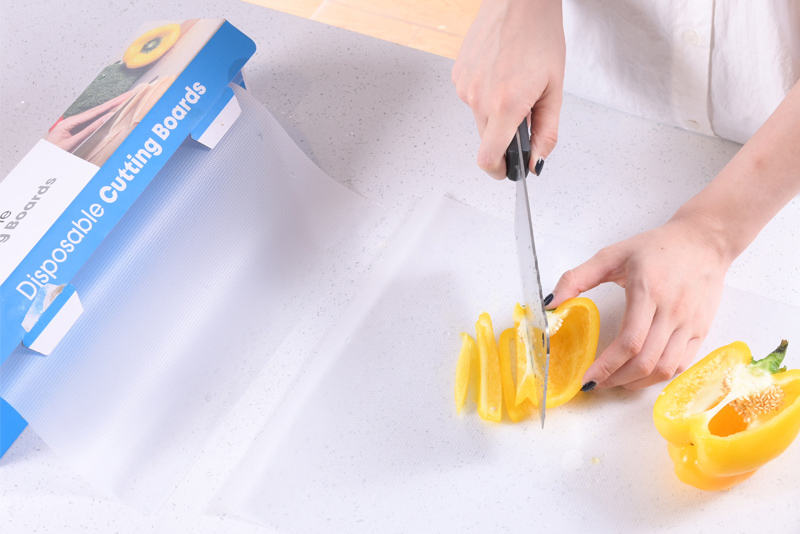Cutting board is an indispensable kitchen utensil in our life. Nowadays, plastic cutting boards are favored by people because they are light in weight, easy to use, beautiful in shape and easy to clean.
Plastic cutting board, a synthetic polymer compound, its main component is synthetic resin, the biggest characteristic is tasteless, non-toxic, and more stable chemical properties.
Qualified plastic cutting board in line with national standards is safe and non-toxic. However, some businesses will add additives or harmful additives containing lead, cadmium and other heavy metals to the product performance or beauty, and some even use recycled materials in order to reduce production costs, which may lead to the precipitation of chemical substances during use, thus affecting human health.
So how to choose plastic cutting board?
When buying plastic cutting board, we should see clearly whether the product label indicates whether the material is food grade PP or PE.
Test related items
Shore hardness (TYPE D), heat resistance, impact resistance, drop performance, sensory requirements, total migration, potassium permanganate consumption, heavy metals, decolorization test, label identification.
Plastic cutting board use tips for cleaning
One: Plastic cutting boards can be put in the dishwasher
You can use the hottest setting to ensure that the cleaning process completely removes bacteria from your cutting board, but repeated exposure to high temperatures can cause the board to deform.
The picture
Two: If you want to wash the chopping board by hand
You can use very hot water, but you can’t use boiling water. Scrub clean with dishwashing liquid. If you don’t think this method will completely remove bacteria, you can also use a mixture made with 1 teaspoon baking soda, 1 teaspoon salt, and 1 teaspoon water to help remove any surface stains from your plastic cutting board.
It’s worth mentioning that lemons and salt can also be safely used on plastic cutting boards to remove any unpleasant odors from the surface. Pour the granulated sea salt onto the board, then scrub the salt along the surface with half the lemon. The acidity will help reduce any unpleasant stench and the salt will also help absorb odors.
If your plastic cutting board starts to wear out, you may need to replace it.
The picture
Most flexible cutting boards are thin and have a bendable design that allows you to easily funnel chopped and thinly sliced ingredients from the board to a bowl or pan.
The picture
In addition, flexible cutting boards are usually made of plastic resins that help resist bacterial growth. After using a flexible cutting board, simply rinse it with warm water and place it in the dishwasher.

Post time: 03-23-2022
